Well I was house hunting today and came across an interesting one. The house was built sometime between 1975 and 1983. It says the foundation is 'slab' which seems typical in the area I am in. When I got there the realtor told me there was an issue with the foundation and that they had a concrete slab jacking specialists in to repair it (and showed me the receipt). It said they drilled holes and pumped 1.5m3 of grout to level the foundation slab for a cost of $5k. So I looked around and clearly the floor did not seem level. I could see daylight under some of the interior walls and there was some cracks in the drywall they tried to repair and paint over, and some they did not.
I am not familiar with how these slab foundations were built in this area but it looks like a grade beam around the perimeter walls. Interior slab is poured after. From the pics it looks like the interior slab portion has settled more since they leveled it (or they never 'leveled' it in the first place). The original flooring in the kitchen did not look tampered with so I don't think they really tried to do much other than keep it cheap and try to pass the buck on to the next guy? But 1.5m3 over some of the settled areas comes to almost and inch so that seems to make sense.
In the pictures the red lines represent walls that I could see daylight under. Yellow line is the crack in the ceiling.
Now for questions:
1. From how the trusses look pretty much all the interior walls are non load bearing?
2. If #1 is true one could pretty much knock out the walls to the kitchen/dining/laundry rooms and open it up? They seem to be hanging from the roof trusses?
3. Has anyone seen this happen before to a slab foundation and fixed it on the semi cheap?
4. Has the fill under the slab consolidated and wont settle anymore?
Well this house is priced quite low (for the reasons above). And it is in a nice area. So I am actually thinking about it at this point. I would redo the flooring and renovating anyways so I am mostly concerned about the sinking floor issue....it has to feel right and maybe you guys can help with my dogs breakfast.
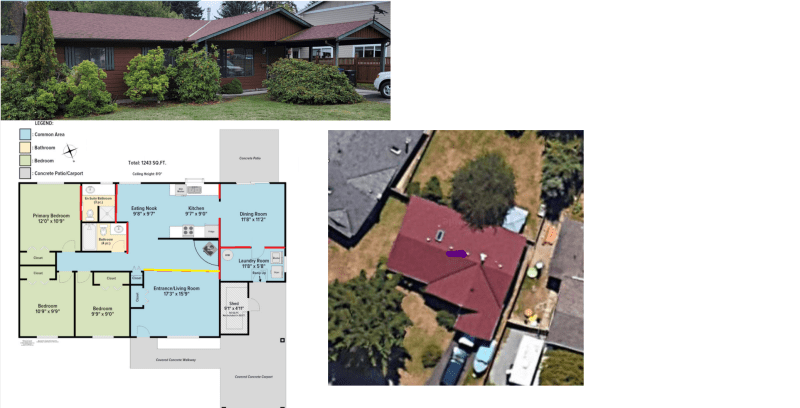
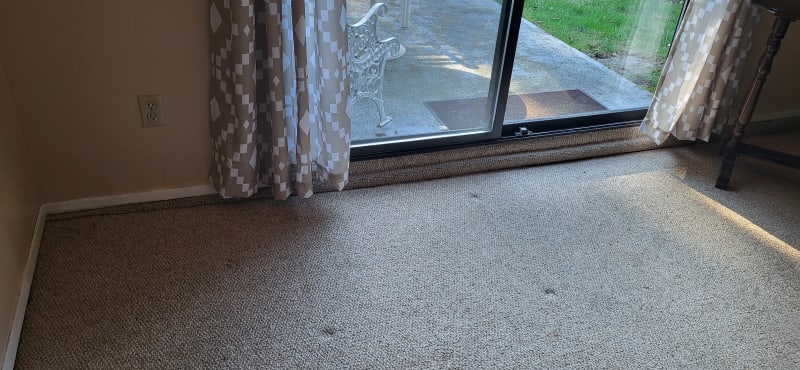
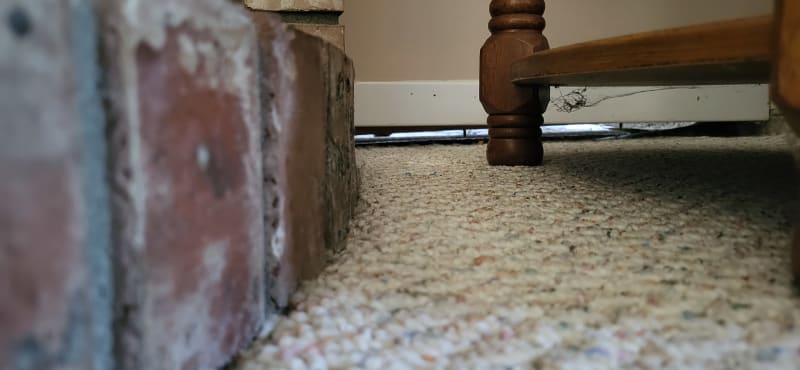
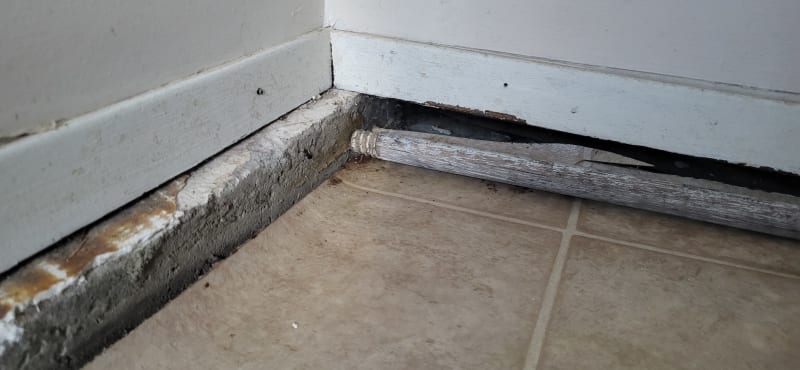
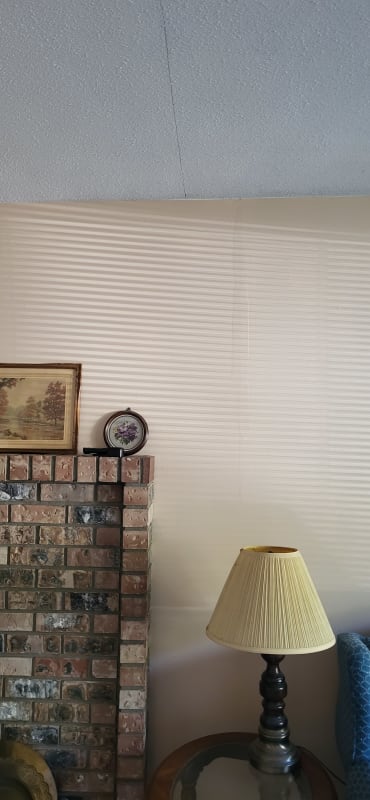
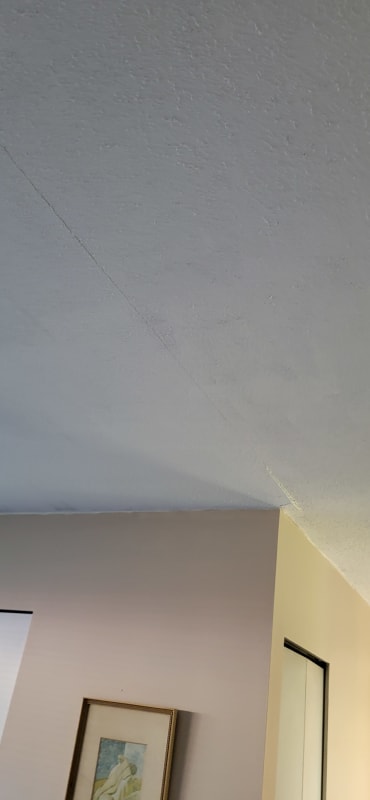
I am not familiar with how these slab foundations were built in this area but it looks like a grade beam around the perimeter walls. Interior slab is poured after. From the pics it looks like the interior slab portion has settled more since they leveled it (or they never 'leveled' it in the first place). The original flooring in the kitchen did not look tampered with so I don't think they really tried to do much other than keep it cheap and try to pass the buck on to the next guy? But 1.5m3 over some of the settled areas comes to almost and inch so that seems to make sense.
In the pictures the red lines represent walls that I could see daylight under. Yellow line is the crack in the ceiling.
Now for questions:
1. From how the trusses look pretty much all the interior walls are non load bearing?
2. If #1 is true one could pretty much knock out the walls to the kitchen/dining/laundry rooms and open it up? They seem to be hanging from the roof trusses?
3. Has anyone seen this happen before to a slab foundation and fixed it on the semi cheap?
4. Has the fill under the slab consolidated and wont settle anymore?
Well this house is priced quite low (for the reasons above). And it is in a nice area. So I am actually thinking about it at this point. I would redo the flooring and renovating anyways so I am mostly concerned about the sinking floor issue....it has to feel right and maybe you guys can help with my dogs breakfast.







![[dazed] [dazed] [dazed]](/data/assets/smilies/dazed.gif)